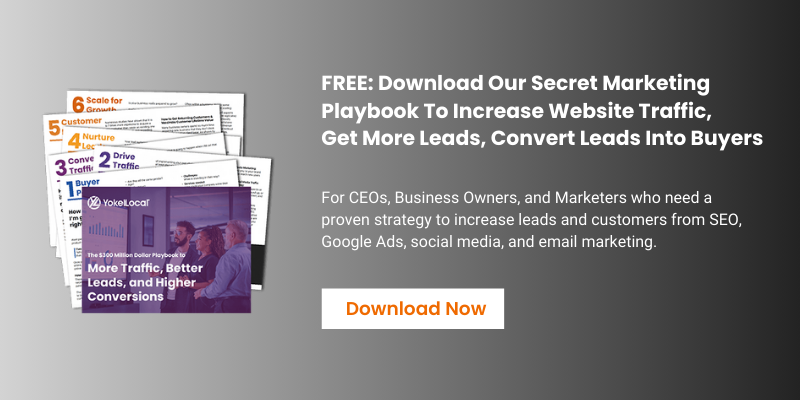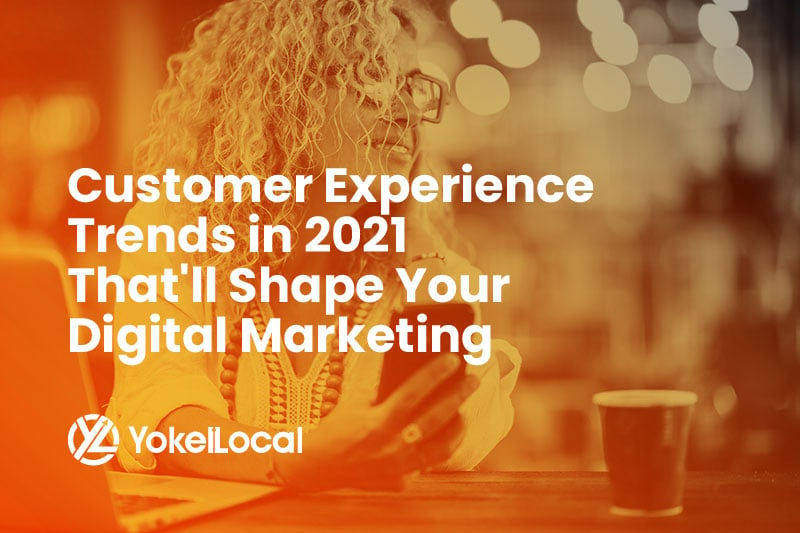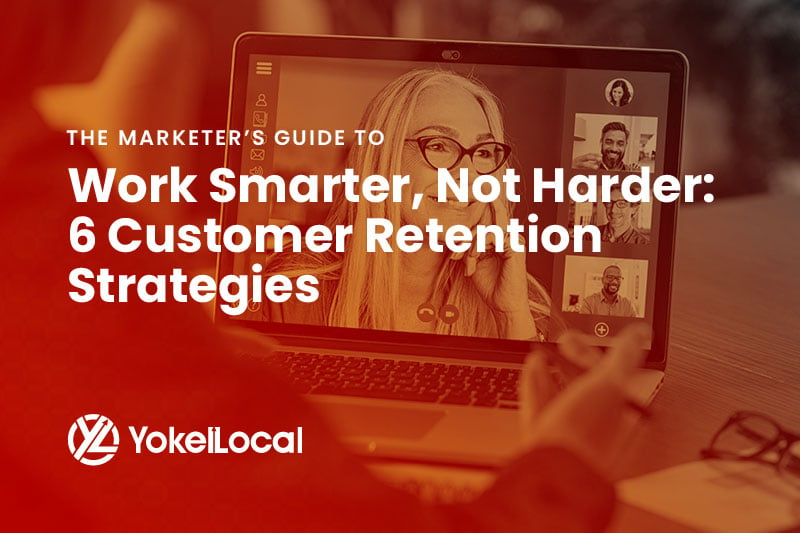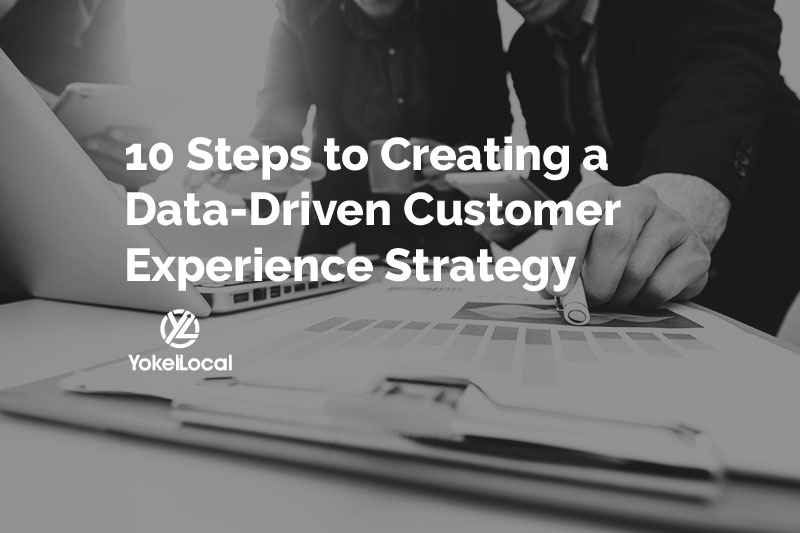With a constantly changing digital landscape and customers who are driven by an "I want it now" attitude, businesses that used to compete on features like price or brand alone, are now forced to include speed and ease of experience in their business and marketing model.
Without the right attitude and knowledge, businesses are finding it difficult to keep the online shopping experience simple and attractive for today's consumers.
Marketing efforts may yield poor results if the potential customer experiences friction along their online journey. When a customer is denied instant gratification whether it's through a poorly designed user interface or poor customer service, they are less likely to continue with the purchase, meaning that all of your effort to drive traffic to your site, is now wasted.
When you discover how to reduce friction in your online shopping experience, you'll be rewarded with increased conversion rates and higher sales.
What is Customer Friction?
Imagine that you want to buy a new pair of shoes. You go to your local store (which is supposed to open at 10 am) and have to wait until 10:15 for the manager to come unlock the door. The shelves are barren and you have to wait for a salesperson to put out merchandise before you can track down your size. You find a pair you like and stand in line at the register behind 7 other customers while two of the employees chat about their weekends and ignore the growing mob. When you finally reach the register, you find out that the shoes were mislabeled and they refuse to give you the lowest price.
While you may recognize the customer friction in a brick and mortar store, it may be less obvious during an online shopping experience. No matter where the friction occurs, the customer will be left frustrated, stressed, angry, and ready to throw a shoe at their computer screen.
Identifying Customer Friction Points
There are several friction points that your customers may experience during their online shopping journey. Recognizing and removing these points will help keep your customers returning to your site instead of looking elsewhere. Some of these friction points include:
- Bad user experience on your website. This can occur during shopping or searching, checking out, receiving shipping notifications, and returns.
- Unpleasant or uneducated salespeople.
- Poor customer service during purchases or returns.
- Negative customer reviews or perceptions
The Impact of Friction on the Customer Experience
When you have a poorly designed website and little to no help for your customers, you are causing them to second guess their desire to do business with you. Online shopping makes it much easier for customers to leave their shopping carts full and head to a different business.
Another option is just a click away. In fact, research has shown that 78% of consumers have cancelled a transaction or not made an intended purchase because they were not happy with the service. Plus, whether it's in person or online, word of mouth is still king. When a customer has an experience with your company, whether good or bad, news travels fast.
8 Ways to Reduce Customer Friction Points
Your job is to make it as easy as possible for customers to do business with you. When you do that, you will attract new customers, retain existing customers, and receive more ROI on your digital marketing dollar. There are a variety of ways to do this including:
1. Understand Your Customer's Pain Points
What problem is your customer experiencing? What is the challenge that they are looking to you to solve? You first need to understand who your buyer is and what "pain" has brought them to your door. When you empathize with your potential customer, and understand why they need your help, you remove friction and make their experience more pleasant. You can start by developing your buyer personas.
2. Invest in Good Design
There are places in your business that it's okay to cut corners and save a little bit of money... the design for your user interface and shopping cart is not one of them. If customers have a difficult time finding what they want, learning about the product and comparing it to others, adding it to their shopping cart, checking out, and being informed regarding expected delivery, they will go somewhere else. Your website's design should be clean, simple, functional, and downright enjoyable for your customer. Make them want to shop.
3. Use Clean, Persuasive Content
All of your content, whether on your website, blog, or social media should be clear and to the point, and should answer your customer's questions so they can make an informed decision. There should be a clear call to action on every page that leads them to more education or the opportunity to purchase.
4. Train your Staff
No matter where technology takes us, human interaction will always be necessary and will control the tone of every transaction and the consumer's perception of a company. Customers want to feel heard and understood, and have their questions answered by knowledgeable, empathetic employees.
Everyone in your company, whether they interact with customers or not, should be trained properly and be educated in your company values so they can represent your business with pride. When an employee isn't happy, your customer won't be either.
5. Give your Employees Decision Making Power
When every little decision has to be directed up the food chain, customers will wait longer for their problems to be solved. If you grant your front line employees the power to make decisions in the customer's best interest, you will reduce friction along their buying journey and create happy, stress-free consumers.
6. Answer Questions Before they are Asked
Establishing and maintaining good communication during the buying journey instills trust in your company. This can include immediate responses about items purchased, real-time notifications of steps along the shipping route, and follow-up conversations to ensure that the customer is satisfied with their experience.
Position FAQs in a prominent place on your website so customers don't have to go searching for answers and provide multiple (and instantaneous) ways for them to interact with a human if they can't find their answer.
via GIPHY
7. Let your Satisfied Customers Speak for You
Purchasing decisions are emotional and if a consumer begins to doubt the items in their shopping cart, they will either cancel the order altogether or experience buyer's remorse once they've clicked Pay Now. Include testimonials and reviews from happy customers at the bottom of your checkout page to assure your customers that they are making the right decision and will be satisfied with their purchase.
8. Foster a Relationship with your Customers
When the relationship ends after the transaction is complete, customers can feel used and discarded, causing them to take their business elsewhere the next time the need arises. However, if you establish a relationship with your customers and maintain that relationship well after their credit card has gone back into a wallet, you will see repeat business and referrals.
Customer friction can spell disaster for any company. Thankfully, by taking the right steps and putting some simple procedures into place, you can reduce the amount of friction along the buyer's journey, increase your sales, and gain loyal customers for life.













